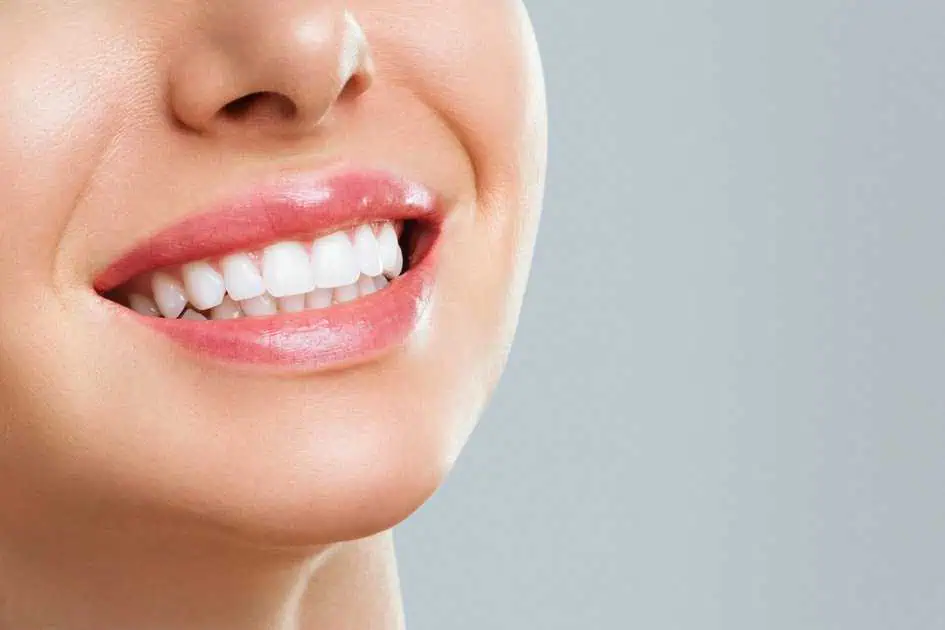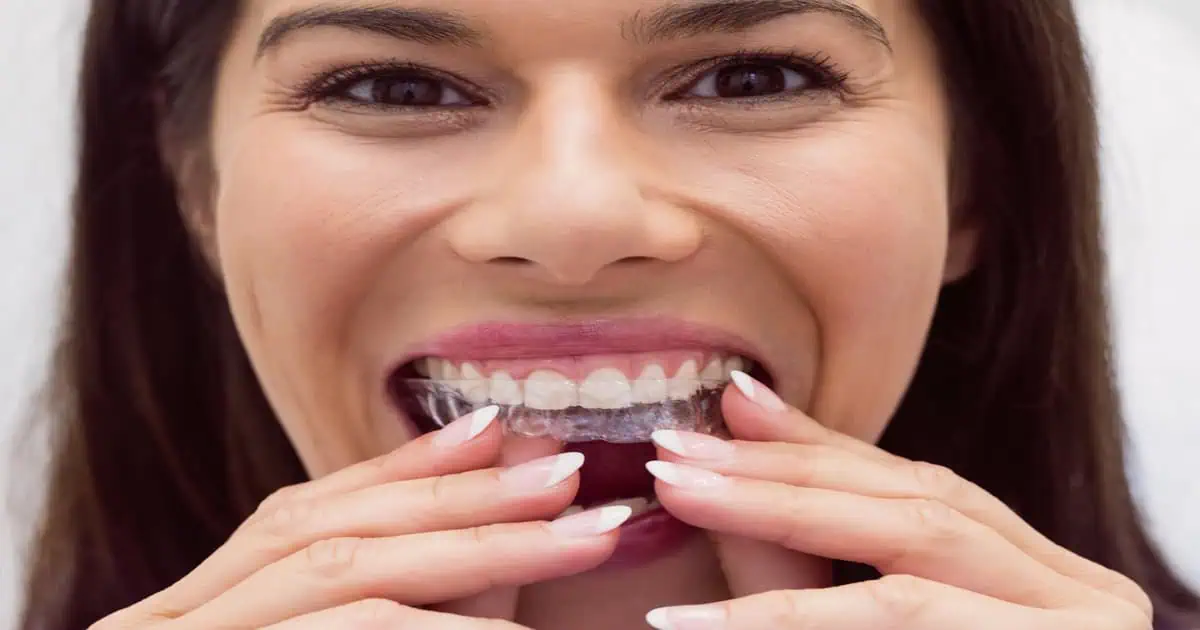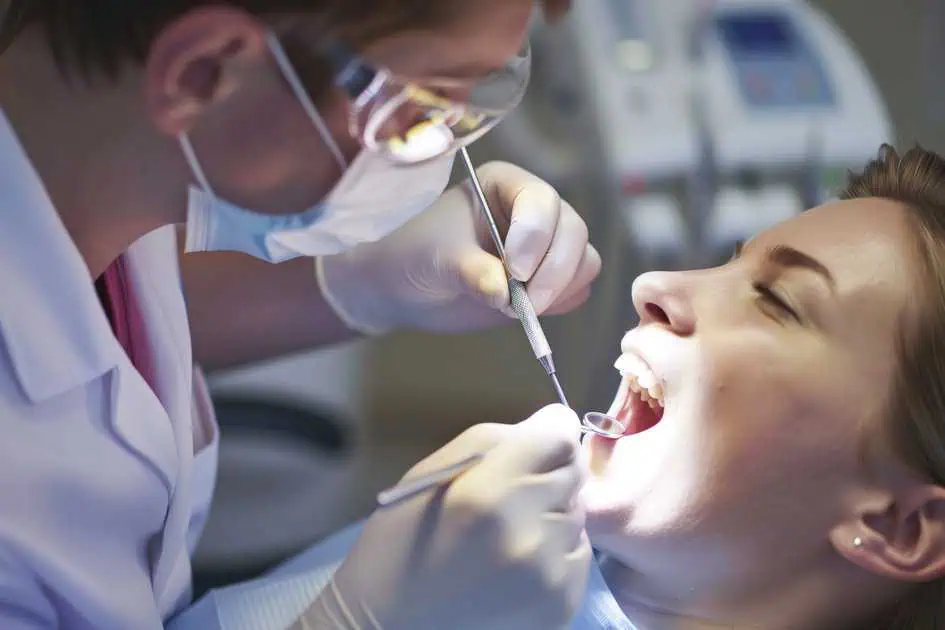
Table of Contents
Have you ever wondered what causes jaw pain or teeth grinding during sleep? If you’ve experienced these issues, you might be dealing with Temporomandibular Joint Disorders (TMD) or bruxism. These conditions affect countless individuals and can significantly impact daily life.
This blog aims to provide a clear understanding of TMD and bruxism, their causes, and the advanced treatments available to address them. Keep reading to discover effective treatments and the pivotal role dental care plays in managing these conditions.
Understanding TMD and Bruxism
TMD is a disorder affecting the temporomandibular joint (TMJ). The latter refers to the hinge connecting your jawbone to your skull.
- Jaw pain or tenderness
- Difficulty chewing
- Locking of the jaw
- Clicking or popping sounds when moving the jaw
Bruxism involves excessive grinding or clenching of teeth, often occurring during sleep. It can lead to:
- Tooth damage
- Jaw pain
- Headaches
- Sleep disruption
These conditions are often interconnected, making comprehensive diagnosis and treatment essential. Effective TMD & BRUXISM Treatment can alleviate these symptoms and restore comfort.
Innovative Treatments for TMD and Bruxism
1. Botox Injections
Botox, although commonly associated with cosmetic procedures, has proven effective for TMD & BRUXISM Treatment. By relaxing the masseter muscles responsible for clenching, Botox reduces jaw tension and associated pain. Benefits include:
- Quick procedure with minimal downtime
- Relief lasting 3-6 months
- Improved sleep and reduced headaches
2. Laser Therapy
Low-level laser therapy (LLLT) targets inflammation and promotes healing in the TMJ area. It is a non-invasive option with benefits such as:
- Reduced pain and swelling
- Improved joint mobility
- Accelerated recovery
3. Orthodontic Interventions
Misaligned teeth or bite issues often contribute to TMD and bruxism. Modern orthodontic solutions, such as Invisalign or corrective braces, help align the bite, reducing strain on the TMJ. These are key aspects of teeth grinding solutions and TMJ disorder treatment.
4. Biofeedback and Stress Management
Stress is a significant trigger for bruxism. Biofeedback devices monitor and help control muscle activity, teaching patients to reduce clenching behaviors. Combined with mindfulness practices and therapy, this approach addresses both physical and psychological factors.
5. Platelet-Rich Plasma (PRP) Therapy
PRP therapy involves injecting concentrated platelets from the patient’s blood into the TMJ area. This regenerative treatment promotes tissue repair and reduces inflammation. Early studies show promising results for long-term relief.
6. Advanced Mouthguards
New designs in mouthguards incorporate technology to monitor grinding activity and deliver micro-adjustments, improving jaw alignment over time. Some devices also track sleep patterns to provide comprehensive insights into nocturnal bruxism.
The Vital Contributions of Dentists in Managing TMJ and Bruxism
Dentists are essential in diagnosing, managing, and treating TMJ disorders. Their expertise in oral health and dental structures allows them to identify issues and provide targeted solutions for lasting relief. Here’s how dentists address TMJ and bruxism:
Comprehensive Diagnoses
Dentists perform detailed evaluations, assessing jaw function, alignment, and overall dental health. They look for signs of TMD, such as tenderness, clicking sounds, and limited mobility. They use tools like X-rays or 3D imaging to understand the condition entirely.
Customized Treatment Plans
Every patient’s TMJ disorder is unique. Dentists develop personalized strategies, which may include dental appliances, orthodontic treatments, or collaboration with other specialists. These tailored approaches ensure optimal outcomes.
Dental Appliances for Relief
Custom-fitted mouthguards and splints are often prescribed to prevent bruxism and ease pressure on the TMJ. These appliances protect teeth and promote better jaw alignment during sleep or daily activities.
Restorative and Orthodontic Interventions
For patients with misaligned bites or damaged teeth, dentists may recommend restorative procedures like crowns or orthodontic solutions like braces. These treatments address the root causes of TMJ dysfunction and improve overall oral health.
Long-Term Monitoring
Dentists provide ongoing care, monitor progress, and adjust treatment plans as necessary. Regular follow-ups help ensure that symptoms remain under control and that the jaw joints function optimally.
Windermere Dental & Medical Spa & Laser Institute: Your Partner in TMD & BRUXISM Treatment
Located in Orlando, FL, Windermere Dental & Medical Spa & Laser Institute offers state-of-the-art solutions for TMD & BRUXISM in Orlando, FL. Their comprehensive approach includes:
- Customized Diagnostics: Advanced imaging and evaluations to pinpoint the cause of TMD and bruxism.
- Innovative Dental Appliances: Custom-fitted mouthguards and splints designed to alleviate jaw pain and reduce teeth grinding.
- Orthodontic Solutions: Addressing bite alignment issues that contribute to TMJ dysfunction.
- Patient Education: Empowering patients with the knowledge to manage symptoms and avoid triggers.
- Collaborative Care: Working with specialists to ensure a holistic treatment approach.
Contact us to Schedule your TMD consultation with our team today!
Causes of TMJ and Bruxism
Understanding the causes of TMD and bruxism is key to effective treatment. These conditions often stem from a combination of factors:
Physical Causes
- Jaw Misalignment: An imbalanced bite can strain the temporomandibular joints, leading to dysfunction.
- Injury or Trauma: A direct impact to the jaw or face can damage the TMJ and surrounding structures.
- Teeth Grinding (Bruxism): Constant grinding or clenching puts excessive pressure on the TMJ.
- Arthritis: Conditions such as osteoarthritis or rheumatoid arthritis can cause joint degeneration, impacting the TMJ.
Emotional and Behavioral Causes
- Stress and Anxiety: High-stress levels often lead to habits like clenching or grinding teeth, exacerbating TMJ issues.
- Poor Posture: Sitting or standing with poor posture can strain the muscles and joints around the neck and jaw.
- Habits: Activities such as nail-biting, excessive gum chewing, or resting the chin on the hand can contribute to TMJ strain.
Frequently Asked Questions
How does bruxism impact overall health?
Bruxism not only affects oral health by damaging teeth and straining the jaw but can also lead to sleep disturbances, headaches, and increased stress levels. Treating bruxism is essential for improving overall well-being.
Can children experience TMD or bruxism?
Yes, children can develop these conditions, often due to stress, orthodontic issues, or habits like thumb-sucking. Early diagnosis and intervention can prevent long-term complications.
Are there non-invasive alternatives to treat severe TMD?
Yes, non-invasive options like Botox injections, laser therapy, and advanced mouthguards are effective for managing severe TMD symptoms. These treatments can provide significant relief without surgery.






